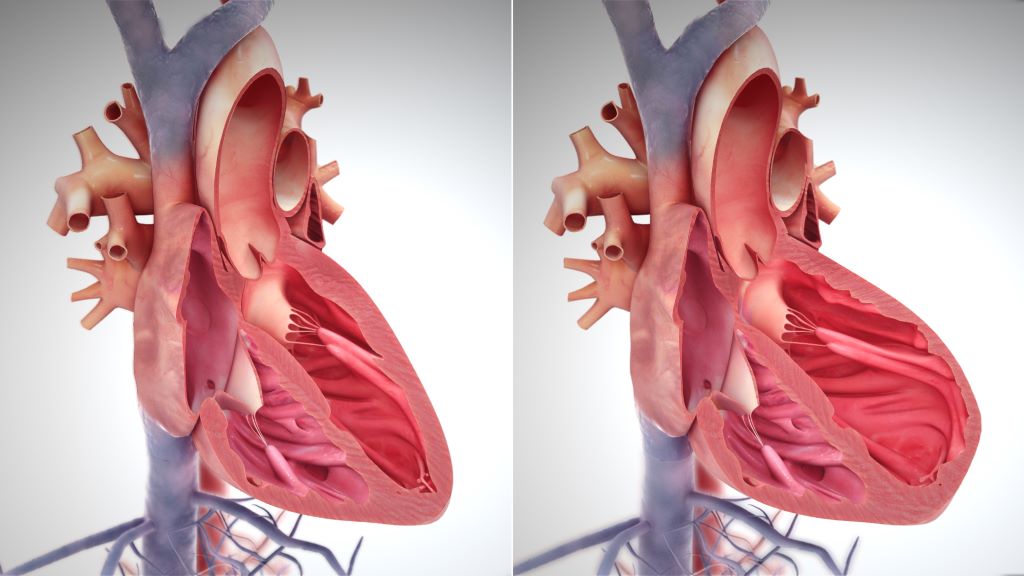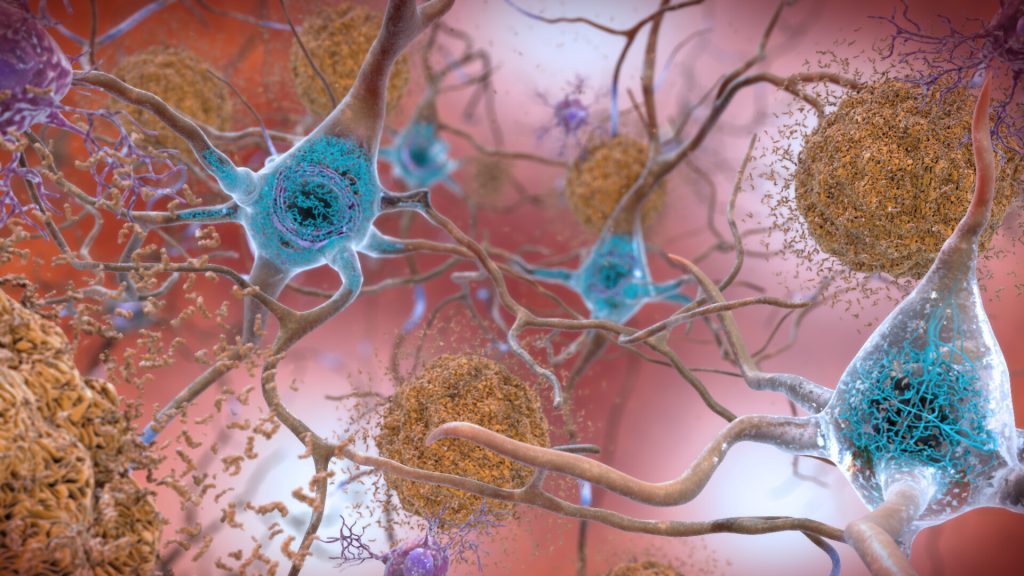Unhealthy Commodities – Like Alcohol and Social Media – are Connected with Poor Mental Health
Commercial determinants such as social media, air pollution associated with depression and suicide

“Unhealthy commodities” such as tobacco, alcohol, ultra-processed foods, social media, and fossil fuels, as well as impacts of fossil fuel consumption such as climate change and air pollution are associated with depression, suicide, and self-harm, according to a study published August 28 by Kate Dun-Campbell from the London School of Hygiene & Tropical Medicine, and colleagues.
Globally, around one out of every eight people currently live with a mental health disorder. These disorders – including depression, suicide, anxiety, and other diseases and disorders – can have many underlying causes. Some of those causes could be related to commercial determinants of health – the ways in which commercial activities and commodities impact health and equity. Commercial determinants of health can be specifically unhealthy, such as alcohol or tobacco consumption, unhealthy food, and the use of fossil fuels. To further understand how these unhealthy commodities might impact mental health, the authors of this study performed an umbrella synthesis of 65 review studies examining connections between six specific commodities – tobacco, alcohol, ultra-processed foods, gambling, social media, and fossil fuels. The author also included studies looking at mental health impacts of fossil fuel use such as climate change and air pollution.
The umbrella review found evidence for links between depression and alcohol, tobacco, gambling, social media, ultra-processed foods and air pollution. Alcohol, tobacco, gambling, social media, climate change and air pollution were associated with suicide, and social media was also associated with self-harm. Climate change and air pollution were also linked to anxiety. The review brought together many different methodologies and measurements, and could not establish the underlying cause of the negative mental health outcomes. But the results indicate that unhealthy commodities should be considered when researchers attempt to understand and improve mental ill health.
The authors add: “Our review highlights that there is already compelling evidence of the negative impact of unhealthy products on mental health, despite key gaps in understanding the impact of broader commercial practices.”
The study was published in PLOS Global Health.
Provided by PLOS










